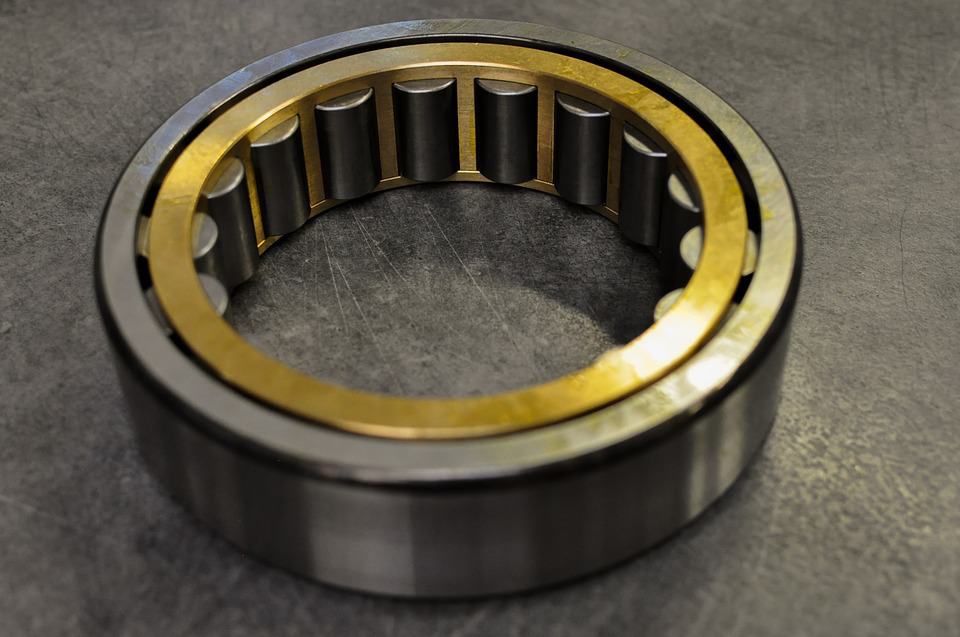Manufacturers of heavy equipment literally face bigger challenges than companies that make smaller devices and machines. The scale and weight of earthmoving and other big, heavy-duty equipment mean that making them move and function requires special engineering and carefully chosen materials, two of which are brass and bronze that play critical roles in helping these giants do their work.
If you’re accustomed to thinking of brass and bronze as softer metals – with admirable high-speed machining characteristics, of course – you may not realize the critical role they play in keeping big equipment working and on the move. For example, since 1967, NASA’s two crawler-transporters have moved various spacecraft and rockets from the Vehicle Assembly Building at the Kennedy Space Center to this facility’s launch pad. These behemoths weigh in at 6.6 million pounds, about the equivalent of 1,000 pickup trucks, and can move an 18-million-pound payload. With a peak speed of two miles per hour, their traction-support roller assemblies use bronze sleeve bearings.
Like the crawler-transporters, many pieces of heavy equipment rely on critical bearings fabricated from bearing-grade bronzes. Oil-lubricated sleeve bearings actually gain load-bearing capacity as their rotational speed increases, whereas rolling-element bearings lose capacity and lifespan at higher RPMs. That magnifies the complex engineering and expensive manufacturing involved in spherical rolling elements, especially compared to the ease and economical production involved in prototyping and producing bronze sleeve bearings.
To evaluate the working life of bearings, their pressure velocity (PV) rating measures how much pressure they undergo (P) and how fast they move (V). The pressure calculation divides the support area of the bearing into the maximum amount of force, or load, applied to it. The PV rating represents the extremes of load and speed that a bearing can accept and still operate correctly. Bronze sleeve bearings provide proper service over a far greater range of PV ratings than any other type of bearing, all the way above 3 million with correct lubrication.
The PV rating relates directly to friction-based heat – and heat is the enemy of bearing life. To make an alloy suitable for use in bearings, it must offer a high level of thermal conductivity so it can remove the heat caused by friction from the surface of a bearing. Like all copper alloys, brass and bronze offer high thermal conductivity that makes them ideal candidates for bearing production: twice that of carbon steel and 15 times that of austenitic stainless steel.
Although bronze largely dominates sleeve gear production, engineered brass alloys with manganese and silicon for additional wear resistance also make ideal heavy-duty bearing materials, with manganese silicide particles that give these alloys their high tensile strength. Along with bearings themselves, brass and bronze also take center stage in the production of bushings, gears, valve guides, shaft and cylinder guides, speed-reducer gears, axial piston pump components, clutch bearings, shaft bushings and bearing slippers.
When companies implement brass into part production for industrial equipment, they gain the fundamental advantages brass offers in all applications. These include the economies and productivity of high-speed machining on modern machine tools, with dramatic increases in material removal rates and production speed, along with long tool life and the ability to process long part runs without worrying about departures from specified tolerances. In addition to these in-production advantages, brass scrap material also retains up to 90% of its original value, unlike other metals such as aluminum, steel and stainless steel, which can require additional processing steps for recycling and offer less value for swarf and chips.


Recent Comments